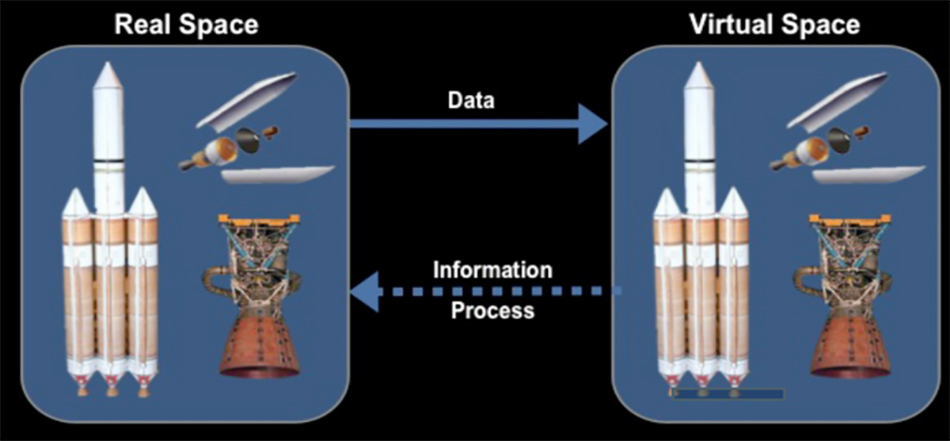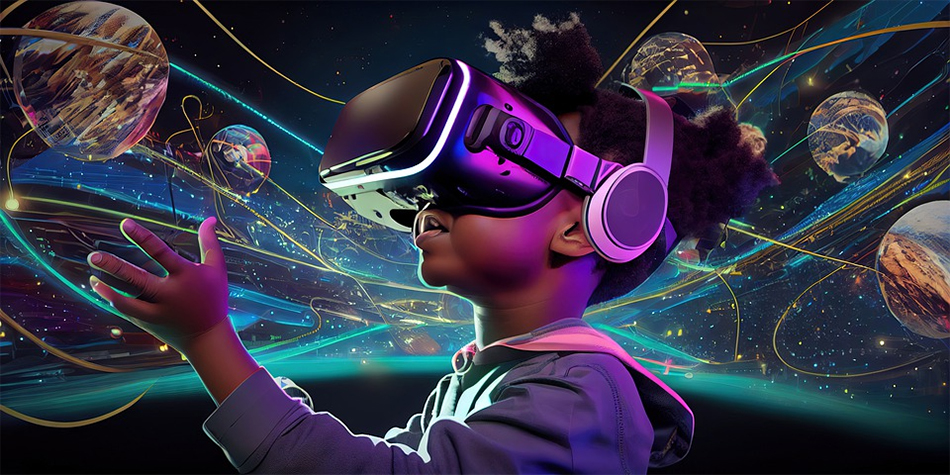Digital Doppelganger? NASA Has a Metaverse-like Program that Makes More Sense
You are not alone if you still can’t make sense of Meta’’s push for a metaverse. Mark Zuckerberg’s ambition to create a digital world where everyone can do digital counterparts of real-world actions still fails to connect somehow. It didn’t help that he released an embarrassing preview of how his multi-billion project currently appears: something that looks like a video game developed in the 1990s.
Metaverse currently has no competition, even though Zuckerberg seems to be in a rush to be the “dominant player” in it. However, NASA has a comparable project that also tries to create a parallel world in a digital space.
Digital Twins
This NASA project is referred to as “digital twin” tech. The term “digital twin” was actually coined by the space agency back in 2010, but it is now gaining attention with the rise of the metaverse. NASA created a system wherein existing objects in the real world can have virtual replicas in a digital world. This was originally established to produce digital versions of NASA spacecraft.
The digital doppelgangers were created for an important purpose: to simulate situations the spacecraft go through as they are sent to missions. They are not just a form of digital documentation. They actually help NASA in evaluating the capabilities and conditions of the equipment.
NASA employed 15 simulators designed for their space mission training and testing. With this simulation system, engineers put their virtual spacecraft through various mission parameters. They then examine how missions would have proceeded and what problems were encountered. The simulation helps them determine the best possible solutions to such problems. Eventually, they communicate the results of the simulation, including the solutions they identified, to the actual crew who will be sent to space missions.
Not ‘inert’ digital models
What makes digital twins special is that they are not just static models in digital space. They dynamically change or evolve based on what happens to their real-world twins. NASA’s digital spacecraft, specifically, have digital twins that reflect the changes experienced by their real-world counterparts. These changes include the damage they incurred during missions, the repairs made, as well as the upgrades.
The concept of digital twins is not exactly a new idea. It has been used by companies similar to how they create mock-ups or miniaturized versions of construction projects. They use these digital entities to facilitate integration plans, tests, simulations, and monitoring routines. These digital twins are also used in predictive maintenance works, especially when it comes to buildings, utilities, aircraft, factories, bridges, and public infrastructure. The digital twin tech used by companies is not as sophisticated as the one used by NASA, though.
Better than the metaverse?
NASA’s rendition of digital twin technology is arguably better than the metaverse. It is also radically more ambitious. It can be summed up as a combination of the best facets of the metaverse, the Internet of Things (IoT), and artificial intelligence.
It consists of three major components: the physical system, the digital counterpart of the physical system, and the communication system that connects the two. The communication component employs sensors and other technologies that automatically reflect changes in the physical system into the digital counterpart as quickly as possible.
To emphasize, sensors and other technologies are required to detect changes in the physical system and transmit the data to the digital system. This entails the use of various IoT devices or wearable devices. AI is also employed to make sense of the data collected.
Digital twin technology one-ups Meta’s metaverse by being materially based on reality, not just the arbitrary information volunteered by metaverse users. The resulting digital world is not merely the imagination or desired scenario of users. It shows what is actually happening to something or someone. Not everything about an object or person may be depicted in the digital world, but some significant (true) information is reflected to create a sense of realism.
More development needed
Metaverse already has a number of functional implementation ideas, like devices that introduce the sense of touch in virtual reality. For a digital twin system to be successfully implemented, it needs most of the tech used in the metaverse and more. It has way broader technological requirements and integrations. The benefits and use cases are undeniable, though.
A fleet of delivery drones, for example, may have digital twins to monitor their operation and enable quick troubleshooting. If some drones suddenly fail, for example, the fleet manager can examine the data collected by the sensors. The malfunction may be due to abnormal temperatures in an area or disruptions in the radio signals, which can be easily checked in the digital twins.
Digital twin technology may also be used to manage employees to make it easy to track their work-related activities and analyze the causes of their productivity degradation or improvement. For social networking, digital twins may reduce the prevalence of imposter or fake accounts.
Realizing all of these use cases and benefits, however, requires more development, hundreds of billions in funding, and extensive collaboration among tech players, regulators, and consumers. Unfortunately, implementing digital twin technology is exponentially more difficult compared to Zuckerberg’s vision of a metaverse. Meta has already spent billions in the past years, but it has yet to provide a metaverse that captures people’s imagination.


